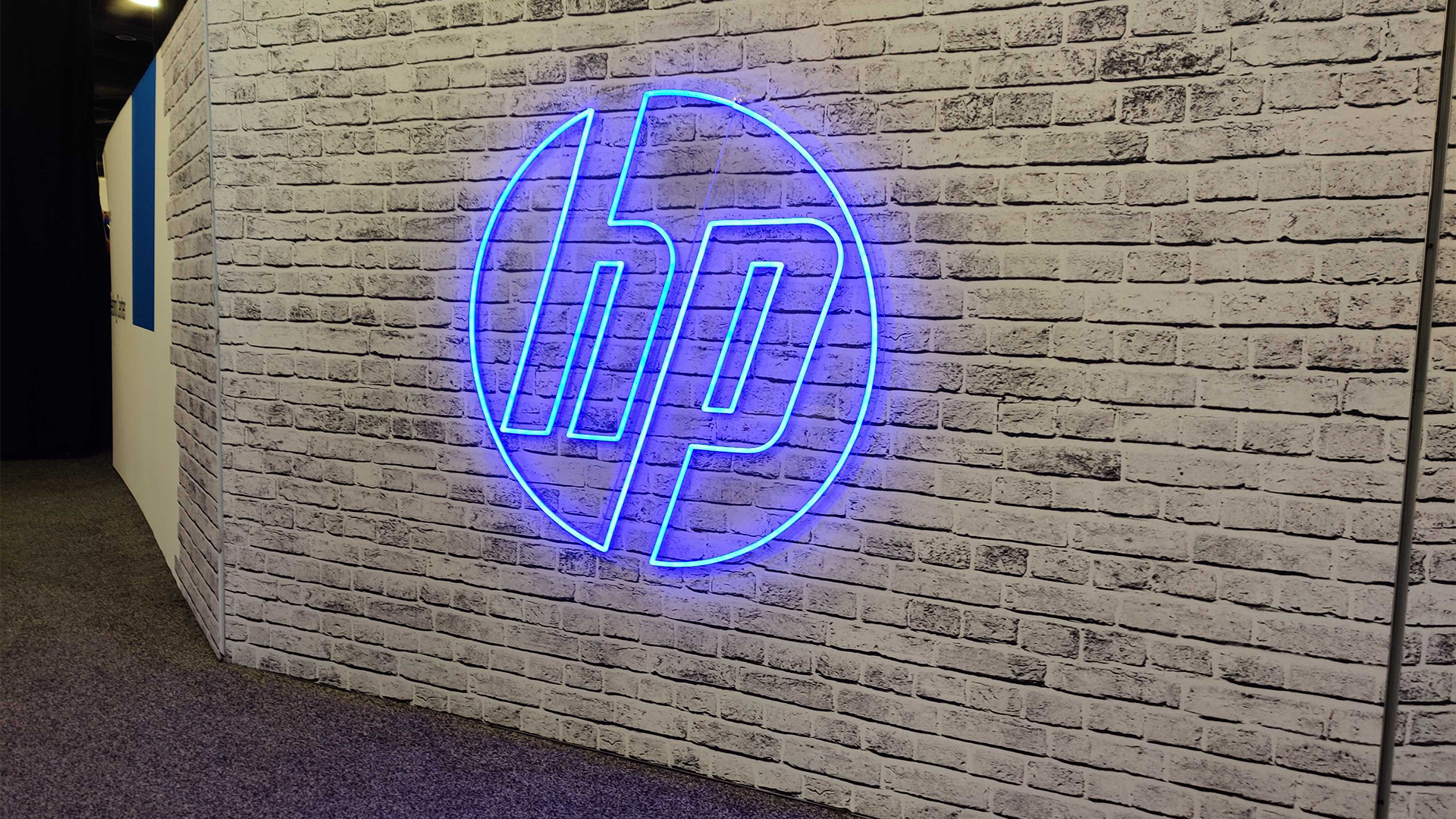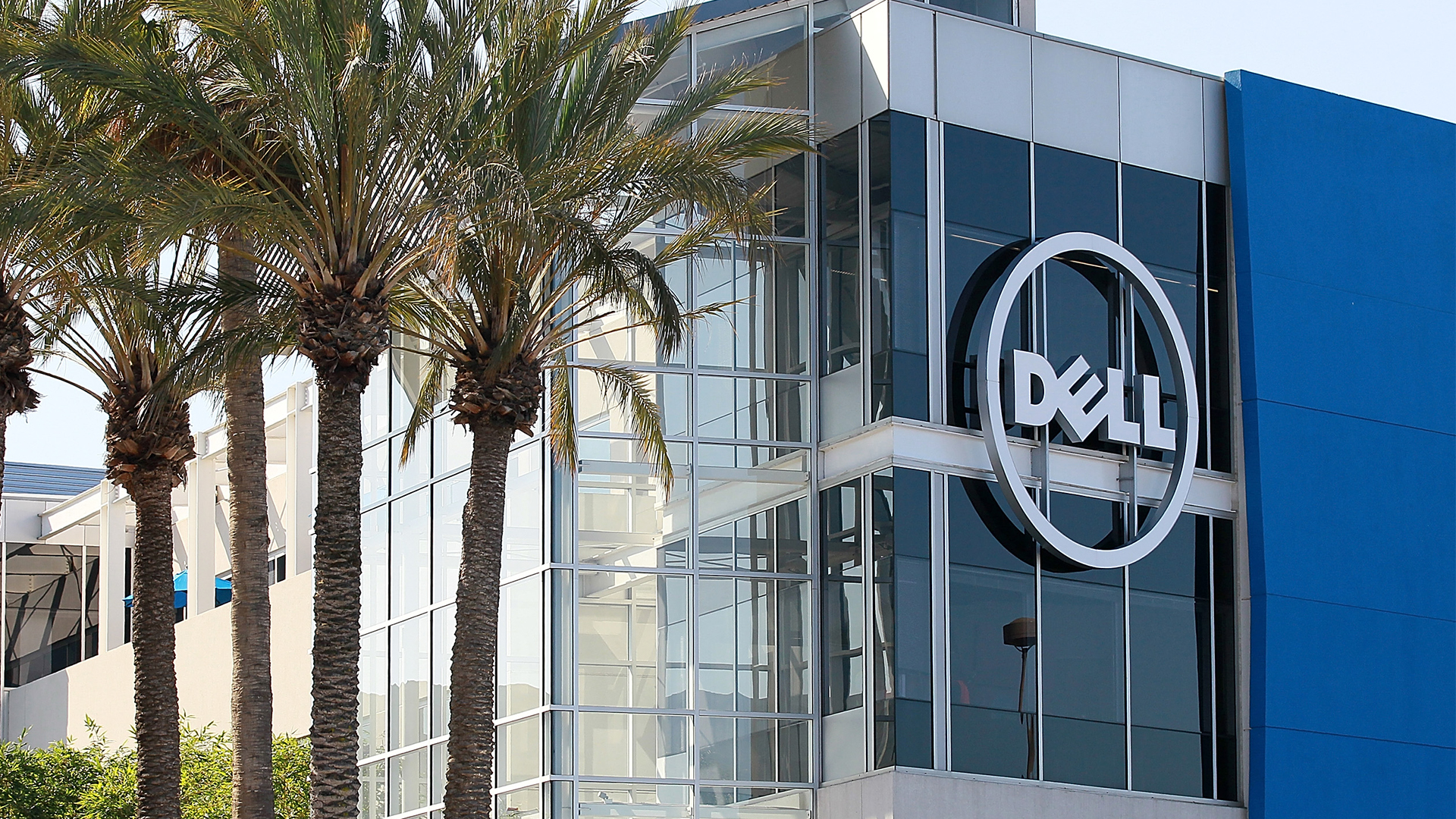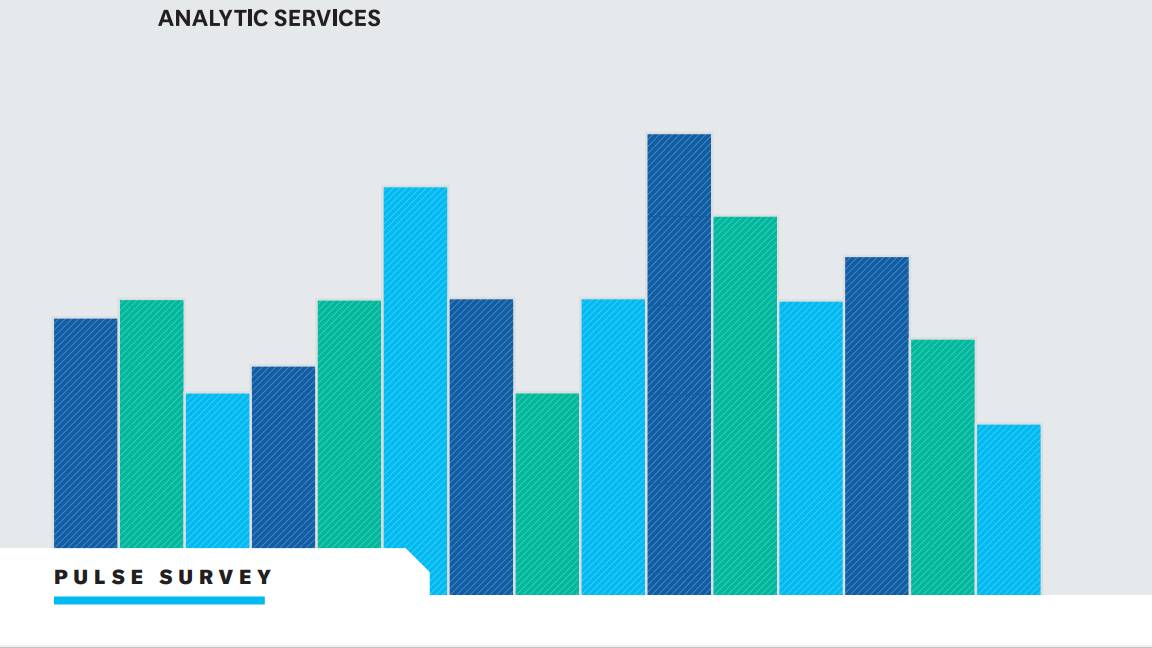How to keep your business printers secure
No matter how big or small your print fleet is, HP can help you keep every device secure.

Whether you're a thriving small business or a corporate behemoth, printer security needs to be on your agenda. The Internet security landscape is changing and enterprise printers are no longer the simple devices they once were. In fact, with their processors, memory, storage, software and firmware, not to mention network connectivity, they face a growing number of Internet threats.
Printer manufacturers particularly HP have recognised this, adding major security features to mitigate Internet security threats. Yet when you're managing a fleet of printers, device-level security is only half the story.
A recent report on print security from Quocirca saw 61% of large enterprises surveyed admitting suffering at least one security breach because of insecure printing. Yet many organisations don't feel confident in tackling printer security, with just a quarter of respondents sure that their print infrastructure is protected from threats. Is this because the security features aren't there, or because implementing an effective fleet-wide security strategy is so demanding?
Only 30% of IT professionals recognise the printer as a security threat. Download this whitepaper for tips and tricks to keeping your organisation's network-connected printers secure.
Threats and countermeasures
Either way, the threats are very real. Unprotected printers are vulnerable devices on the enterprise network. They have a BIOS and firmware that can be exploited, leaving the device or network open to attack. They have on-board storage, which may hold or cache sensitive documents or data. Many now have built-in scanners, used to capture and send documents across the network. How can you guarantee these will only end up in the right hands?
HP has led the way in terms of countermeasures, implementing a series of technologies designed to protect enterprise printers from attack. HP SureStart checks the printer's BIOS, preventing execution of malicious code during startup and enabling the printer to fix itself if a threat is discovered. Whitelisting features ensure that only known, good, HP firmware can be loaded into memory and executed. Run-time intrusion detection monitors the in-device memory for malicious attacks, stopping them in their tracks.
Meanwhile, HP turns on drive encryption for built-in storage by default, while HP's Universal Print Driver supports 256-bit AES print job encryption. Combine that with pull-print features, where print jobs only execute when authenticated at the printer, not to mention physical security policies, and securing your printers doesn't have to be a challenge.
Protecting the Fleet
Securing a fleet of printers, however, is a whole other story. Some organisations may have dozens or even hundreds of printers to secure, often across multiple sites. Implementing and configuring these printers for a new security policy can be daunting prospect, adding heavily to the workload of a stretched IT security team. And while there are many well-established solutions for securing fleets of servers and PCs, the same can't be said of printers. Perhaps that's why some enterprises are effectively crossing their fingers and hoping for the best.
Yet HP can help, offering ways to enhance fleet security both through device-level security features, JetAdvantage management tools and the option of Managed Printing Services (MPS).
Needless to say, the security features baked into HP's LaserJet and PageWide Pro and Enterprise printers work brilliantly on a device-by-device level, but they can also ease the burden when you're managing a fleet. The key thing is that these security features are both automatic and self-fixing, detecting, protecting and repairing security holes with the minimum of user-intervention. These printers are designed to recognise tampering or intrusion, close the vulnerability down, send out alerts and, where possible, replace or repair the affected firmware. The end result? Your printers stay secure without the need for physical support or downtime. For IT or security teams handling large printer fleets, that's a definite plus.
13 steps to secure your business printers What are managed print services? Mind the printers: How to close the security gap
Meanwhile, JetAdvantage Security Manager makes the business of monitoring and managing all those printers so much easier. Working across your entire fleet of HP printers, it enables IT teams to establish a security policy and apply it rapidly to every printer, controlling security settings, closing ports, disabling access protocols, switching on encryption and auto-erase settings and a whole lot more. There are ready-made policies based on recognised industry standards to work with, and the tool will even install and monitor security certificates across the fleet, updating and renewing them as necessary. Set your policy, and JetAdvantage Security Manager implements it, automatically, on all compliant HP printers. It makes securing even the largest fleets painless.
The great thing about JetAdvantage Security Manager is that it's also proactive. On the one hand you can schedule automatic assessments, telling the tool to identify and report on any printers not complying with the policy during each assessment, then automatically applying the policy to fix security holes. If you're using a wide range of HP printers this can help you identify potentially less secure devices and pinpoint those that don't support HP SureStart, Run Time Intrusion Detection or firmware whitelisting.
What's more, it's designed for auto-discovery. Add a new HP printer to the network and JetAdvantage Security Manager should spot it and configure it immediately, so that it complies with your policy and settings. When you're adding printers to the network that's one less task on your list. In some cases, simply implementing JetAdvantage Security Manager can mean a shift from 25% of the printer fleet being compliant to 97% and more. Making the job easier means it's more likely to get done.
Print security should be a priority for every business, but all too often it's ignored. Learn how to avoid printer security breaches in this whitepaper.
The Managed Approach
Another approach is to move from self-managed printers to a Managed Printer Service, and preferably one that makes security a priority. Not only will you see all the usual benefits of MPS printer consolidation, supplier consolidation, a reduction of the workload for IT services, lower and more predictable printing costs but the MPS provider can use its skills, tools and expertise to define and implement improved security.
For example, with HP Secure Managed Print Services, HP's security consultants can assess your company's requirements and security vulnerabilities and define a print security policy that fits your business needs. They can bring in pull-printing features and workflow solutions that tackle risky user behaviours while helping you become more efficient, and identifying, managing and monitoring approaches that protect your data, documents and devices. Best of all, you may be able to consolidate fleets of printers and copiers while getting the benefits of HP's leading edge security; in terms of productivity, efficiency and security, that's a big win-win.
What's crucial is that Managed Print Services should mean more than leasing printers and ensuring ink and toner is always close to hand. It means managing your printers for you, with pro-active monitoring, maintenance and support, including security support, with firmware kept up to date and any new vulnerabilities patched. When most organisations have enough to do securing their PCs and network infrastructure, it's great to have one less thing to worry about.
In short, securing a fleet of printers doesn't have to be difficult, providing you have the right devices, tools and services in place. Printer security is too important to ignore. With HP's LaserJet and PageWide printers, there's no reason why you should want to.
Get the ITPro daily newsletter
Sign up today and you will receive a free copy of our Future Focus 2025 report - the leading guidance on AI, cybersecurity and other IT challenges as per 700+ senior executives
ITPro is a global business technology website providing the latest news, analysis, and business insight for IT decision-makers. Whether it's cyber security, cloud computing, IT infrastructure, or business strategy, we aim to equip leaders with the data they need to make informed IT investments.
For regular updates delivered to your inbox and social feeds, be sure to sign up to our daily newsletter and follow on us LinkedIn and Twitter.
-
 Asus ZenScreen Fold OLED MQ17QH review
Asus ZenScreen Fold OLED MQ17QH reviewReviews A stunning foldable 17.3in OLED display – but it's too expensive to be anything more than a thrilling tech demo
By Sasha Muller
-
 How the UK MoJ achieved secure networks for prisons and offices with Palo Alto Networks
How the UK MoJ achieved secure networks for prisons and offices with Palo Alto NetworksCase study Adopting zero trust is a necessity when your own users are trying to launch cyber attacks
By Rory Bathgate
-
 HP’s sustainability drive is paying off for channel partners
HP’s sustainability drive is paying off for channel partnersNews Channel partners that bought into HP’s sustainability program saw sales increase as customers react positively
By Solomon Klappholz
-
 ‘We think that selling everything helps the customer’: HP wants to supercharge its partner program to support a new market strategy
‘We think that selling everything helps the customer’: HP wants to supercharge its partner program to support a new market strategyNews HP has enhanced its partner program to encourage channel partners to sell its entire range of products and solutions.
By Solomon Klappholz
-
 Predicts 2024: Sustainability reshapes IT sourcing and procurement
Predicts 2024: Sustainability reshapes IT sourcing and procurementwhitepaper Take the following actions to realize environmental sustainability
By ITPro
-
 Advance sustainability and energy efficiency in the era of GenAI
Advance sustainability and energy efficiency in the era of GenAIwhitepaper Take a future-ready approach with Dell Technologies and Intel
By ITPro
-
 2024 State of procurement report
2024 State of procurement reportWhitepaper The trends shaping the future of business buying
By ITPro
-
 Digital optimisation paves the way to strategic supplier management
Digital optimisation paves the way to strategic supplier managementWhitepaper Procurement’s role as a strategic driver
By ITPro
-
 Bringing order to the file management chaos plaguing AEC firms
Bringing order to the file management chaos plaguing AEC firmswhitepaper How a cloud-based solution, supported by edge technology, helps architecture, engineering, and construction firms boost performance and cut costs
By ITPro
-
 File data services to support modern manufacturing
File data services to support modern manufacturingwhitepaper Smart file data services deliver resilience and intelligence to the modern manufacturing organization
By ITPro
